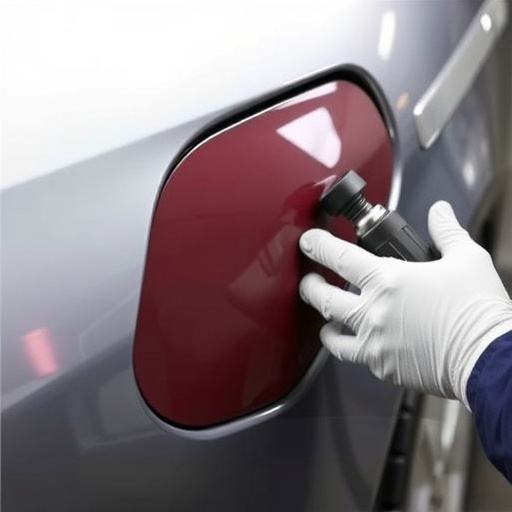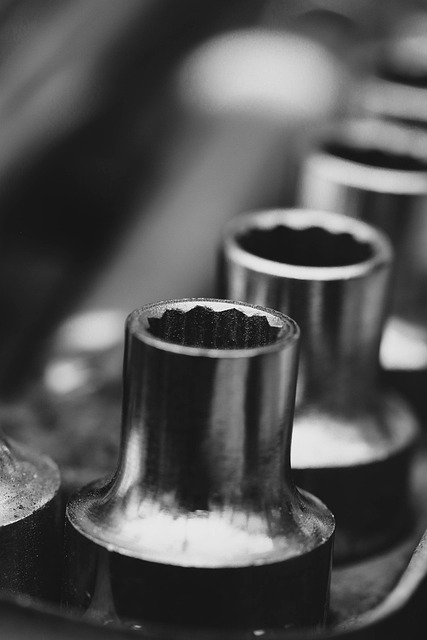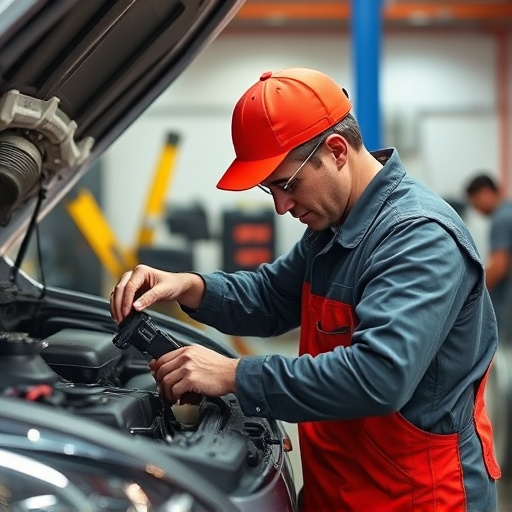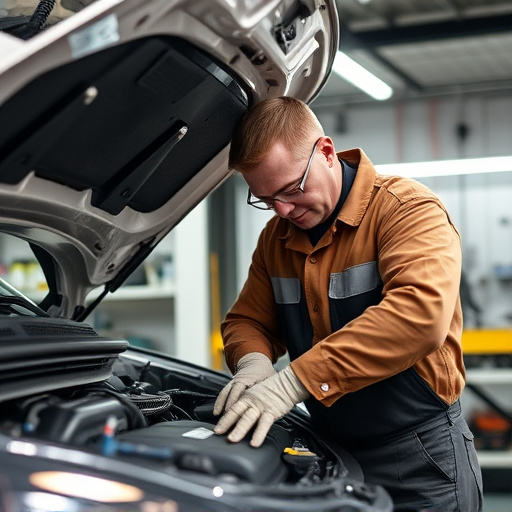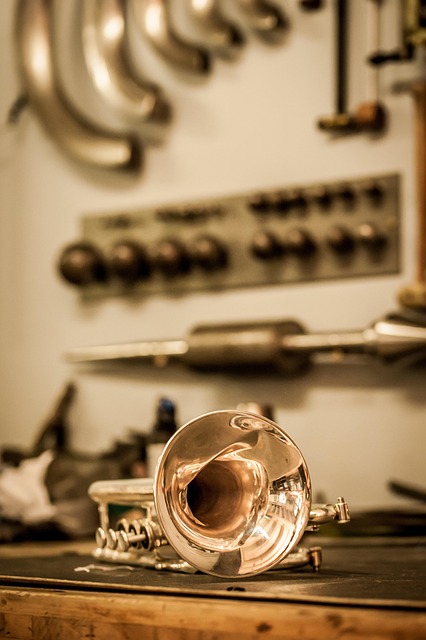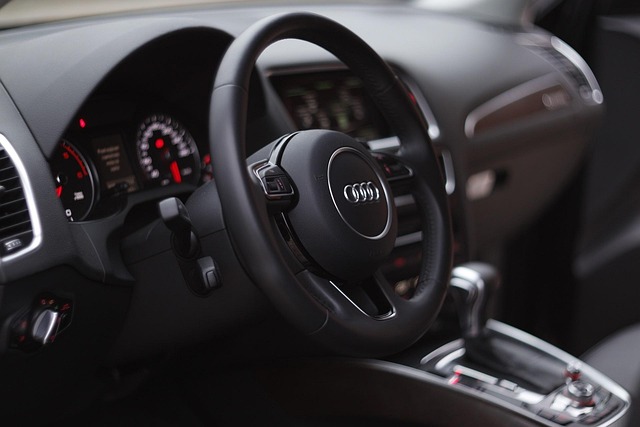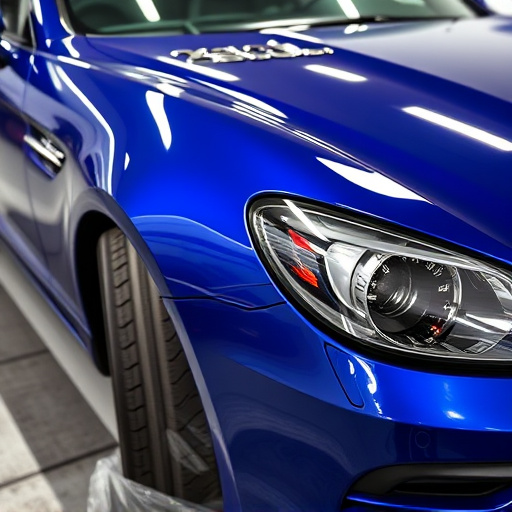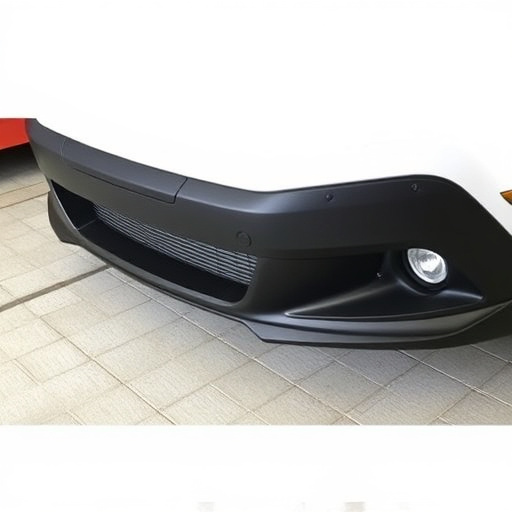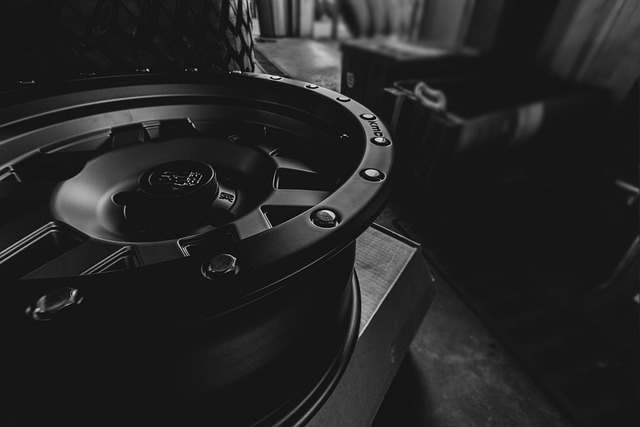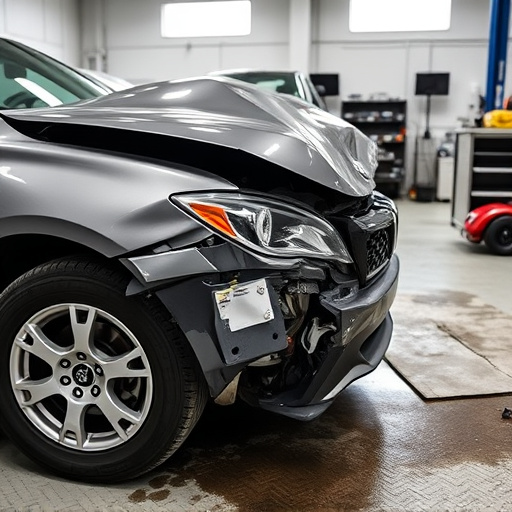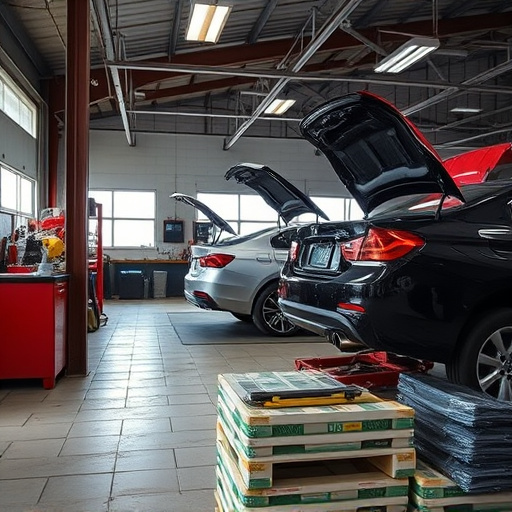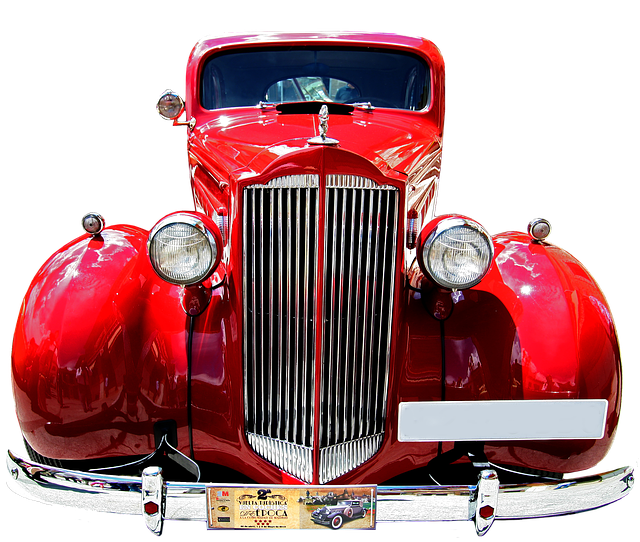Precision is critical when ordering auto body shop parts for flawless vehicle repairs. Accurate dimensions, angles, and paint codes ensure proper fitment and color matching. Consulting OEM specifications, using specialized software, and thorough visual inspections guarantee high-quality replacements, from dent repairs to frame straightening.
In any auto body repair, accurately matching paint with replacement parts is paramount for a seamless finish. This guide navigates the process of selecting the right paint colors and ensuring part compatibility to achieve a quality outcome. By understanding the nuances of auto body shop parts specifications and employing effective techniques, you’ll master the art of blending old with new, revitalizing vehicles to their original—and even improved—state.
- Understanding Auto Body Shop Parts Specifications
- Choosing Paint Colors for Accurate Match
- Techniques to Ensure Part Compatibility and Finish Quality
Understanding Auto Body Shop Parts Specifications
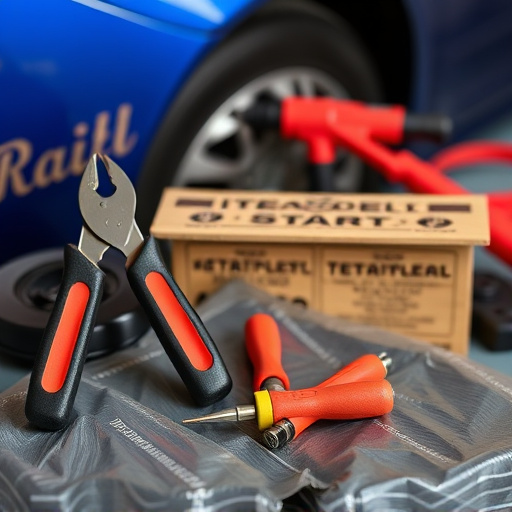
When ordering replacement auto body shop parts, understanding the precise specifications is paramount. Each auto body part, from fenders to door panels, has specific dimensions and design characteristics that ensure a perfect fit during vehicle repair or frame straightening. This accuracy is crucial for maintaining the original aesthetics of the vehicle, especially in complex areas like body panels, which are often susceptible to dents and damage.
Specifying the right parts involves knowing not just the part’s name but also its dimensions, angle, curve radii, and even paint code. For instance, a vehicle dent repair might require not only a new panel but also precise alignment with surrounding surfaces. The paint code, a crucial detail for matching the exact color, ensures that the replacement part blends seamlessly with the existing body, creating a professional finish that respects the vehicle’s original design.
Choosing Paint Colors for Accurate Match
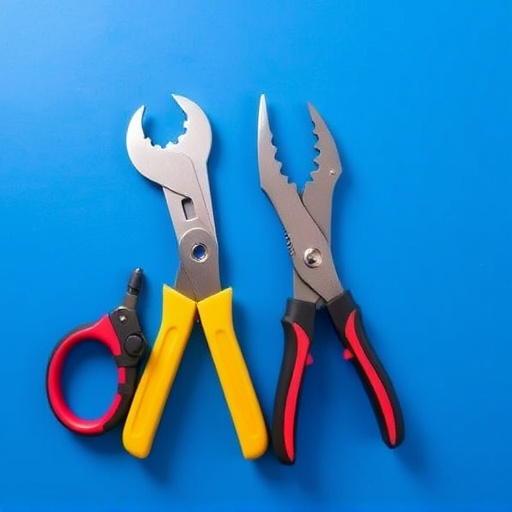
When it comes to matching paint with replacement auto body shop parts, getting the right shade is paramount. The key to an accurate match lies in understanding the science behind color codes and formulations. Each vehicle manufacturer uses a specific paint code, typically consisting of a letter and several numbers, which corresponds to the exact shade and finish of their cars. This code is crucial for procuring the precise paint needed for repairs.
For a seamless restoration, auto body shops must consider not just the base color but also factors like clear coat thickness and unique formulations. Using high-quality paints designed specifically for automotive applications ensures a durable finish that matches the original look. Whether it’s repairing a dent, fixing car scratches, or replacing auto glass, the paint should be tailored to complement these parts seamlessly, guaranteeing a professional and discreet repair.
Techniques to Ensure Part Compatibility and Finish Quality
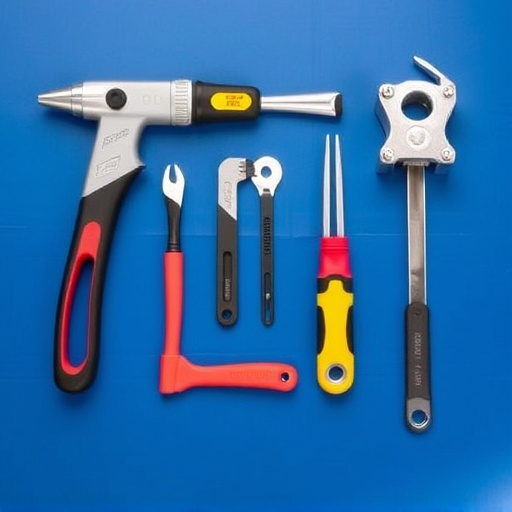
When replacing auto body shop parts, ensuring compatibility and finish quality is paramount to achieving a seamless and professional result. One effective technique is to consult original equipment manufacturer (OEM) specifications. OEMs provide detailed guidelines on part dimensions, material composition, and finishing standards, which are crucial for an accurate fit and aesthetic harmony with the existing vehicle. Additionally, utilizing specialized software tools can significantly aid in this process. These digital resources allow technicians to virtually “try on” replacement parts, ensuring they align perfectly with the vehicle’s contours and panels.
Moreover, beyond digital measures, a meticulous visual inspection is indispensable. Technicians should carefully examine the new parts for any signs of damage, warping, or variations in finish quality. Even minor imperfections can disrupt the overall appearance upon installation. For complex auto body shop parts like those involved in collision damage repair or fleet repair services, frame straightening techniques are vital to restore structural integrity and ensure the part aligns correctly with the vehicle’s framework.
When replacing auto body shop parts, achieving a perfect paint match is crucial for a seamless finish. By understanding part specifications, selecting the right paint colors, and employing effective techniques, you can ensure compatibility and superior quality. These steps are essential for both professional mechanics and DIY enthusiasts, guaranteeing that repaired vehicles restore their original, vibrant appearance.
